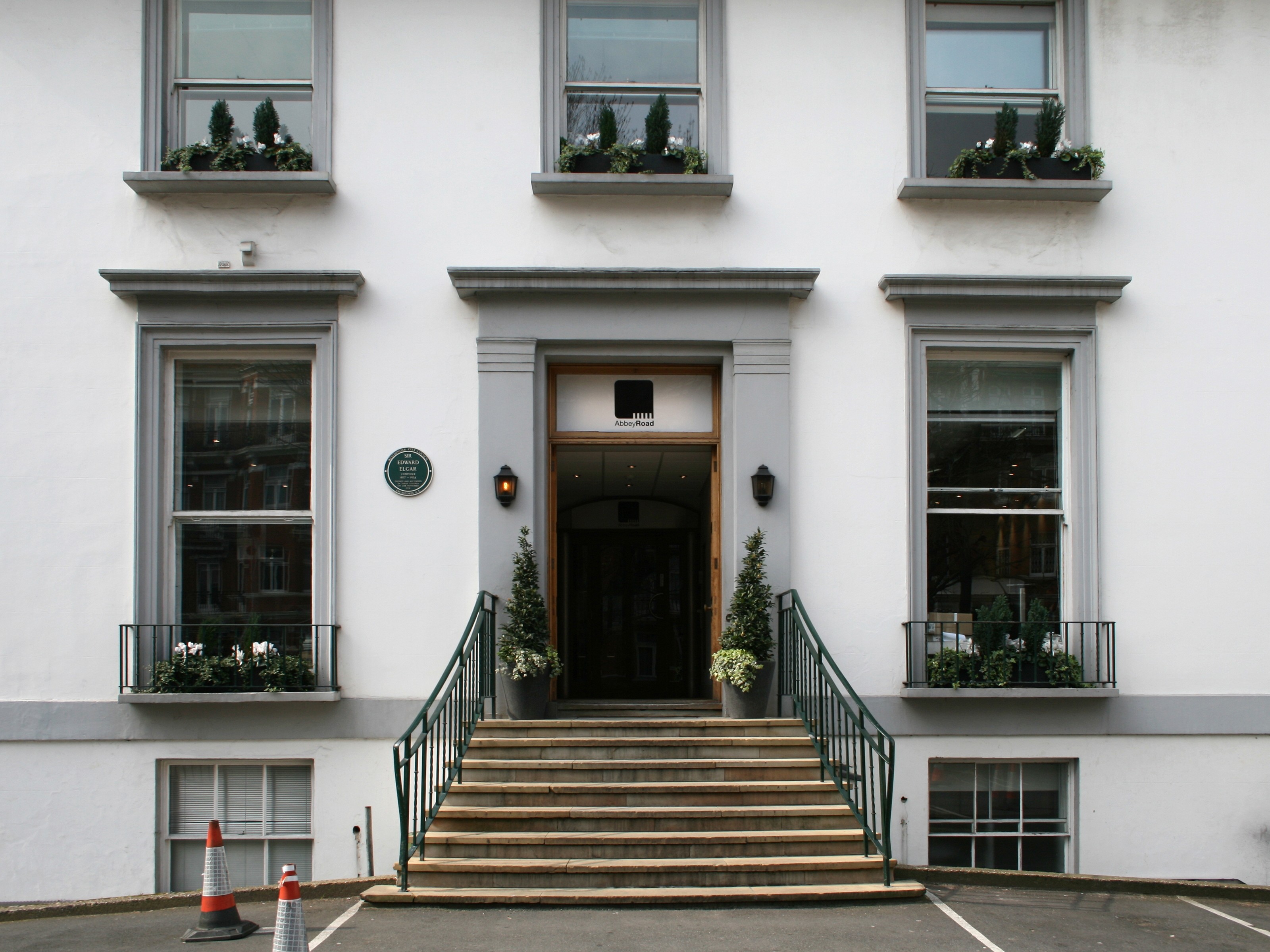|
Chants Of India
''Chants of India'' is an album by Indian musician Ravi Shankar released in 1997 on Angel Records. Produced by his friend and sometime collaborator George Harrison, the album consists of Vedic and other Hindu sacred prayers set to music, marking a departure from Shankar's more familiar work in the field of Hindustani classical music. The lyrical themes of the recorded chants are peace and harmony among nature and all creatures. Sessions for the album took place in the Indian city of Madras and at Harrison's home in Henley-on-Thames, Oxfordshire, following his work on '' The Beatles' Anthology'' (1995). Anoushka Shankar, John Barham, Bikram Ghosh, Tarun Bhatacharaya and Ronu Majumdar are among the many musicians who contributed to the recording. ''Chants of India'' was well received by reviewers; author Peter Lavezzoli describes it as "a quiet masterpiece" and "the most fully realized collaboration" by Shankar and Harrison. Shankar considered it to be among the best works of his 6 ... [...More Info...] [...Related Items...] OR: [Wikipedia] [Google] [Baidu] |
Album
An album is a collection of audio recordings issued on compact disc (CD), Phonograph record, vinyl, audio tape, or another medium such as Digital distribution#Music, digital distribution. Albums of recorded sound were developed in the early 20th century as individual Phonograph record#78 rpm disc developments, 78 rpm records collected in a bound book resembling a photograph album; this format evolved after 1948 into single vinyl LP record, long-playing (LP) records played at revolutions per minute, rpm. The album was the dominant form of recorded music expression and consumption from the mid-1960s to the early 21st century, a period known as the album era. Vinyl LPs are still issued, though album sales in the 21st-century have mostly focused on CD and MP3 formats. The 8-track tape was the first tape format widely used alongside vinyl from 1965 until being phased out by 1983 and was gradually supplanted by the cassette tape during the 1970s and early 1980s; the populari ... [...More Info...] [...Related Items...] OR: [Wikipedia] [Google] [Baidu] |
Tarun Bhattacharya
Pandit Tarun Bhattacharya (born 23 December 1957) is an Indian classical musician who plays the santoor, a type of hammered dulcimer. He studied with Ravi Shankar. He was awarded the Sangeet Natak Akademi Award for 2018. Early life Tarun Bhattacharya was born on 23 December 1957 in Howrah (the twin city of Calcutta), India. He was a commerce graduate from one of the most reputed colleges of Calcutta, and after a few brief years of professional life he started learning music from his father, Rabi Bhattacharya. He later honed his skills under Dulal Roy and finally began learning under Ravi Shankar. Career Bhattacharya is the inventor of "mankas" or fine tuners that help in quick tuning of the santoor. His technique of playing the santoor facilitates the playing of "Krintans, Ekharatans, Boltans" broadening the use of santoor in various traditional art forms. His improvisations on the shape and string arrangements have resulted in a deeper and more classical sound for the santoo ... [...More Info...] [...Related Items...] OR: [Wikipedia] [Google] [Baidu] |
My Sweet Lord
"My Sweet Lord" is a song by English musician George Harrison, released in November 1970 on his triple album ''All Things Must Pass''. It was also released as a single, Harrison's first as a solo artist, and topped charts worldwide; it was the biggest-selling single of 1971 in the UK. In America and Britain, the song was the first number-one single by an ex- Beatle. Harrison originally gave the song to his fellow Apple Records artist Billy Preston to record; this version, which Harrison co-produced, appeared on Preston's ''Encouraging Words'' album in September 1970. Harrison wrote "My Sweet Lord" in praise of the Hindu god Krishna, while intending the lyrics as a call to abandon religious sectarianism through his blending of the Hebrew word ''hallelujah'' with chants of "Hare Krishna" and Vedic prayer. The recording features producer Phil Spector's Wall of Sound treatment and heralded the arrival of Harrison's slide guitar technique, which one biographer described as "musicall ... [...More Info...] [...Related Items...] OR: [Wikipedia] [Google] [Baidu] |
Radha Krishna Temple
This article discusses the London Radha Krishna Temple (also Radha Krsna Temple), which has been the headquarters of the International Society for Krishna Consciousness (ISKCON) in the United Kingdom since the late 1960s. It was founded in Bury Place, Bloomsbury, by six devotees from San Francisco's Radha Krishna Temple, who were sent by ISKCON leader A.C. Bhaktivedanta Swami Prabhupada to establish a UK branch of the movement in 1968. The Temple came to prominence through George Harrison of the Beatles publicly aligning himself with Krishna consciousness. Among the six initial representatives in London, devotees Mukunda, Shyamsundar and Malati all went on to hold senior positions in the rapidly growing ISKCON organisation. As Radha Krishna Temple (London), the Temple devotees recorded an album of devotional music with Harrison, which was issued on the Beatles' Apple record label in 1971. Among these recordings were "Hare Krishna Mantra", an international hit single in 1969 ... [...More Info...] [...Related Items...] OR: [Wikipedia] [Google] [Baidu] |


